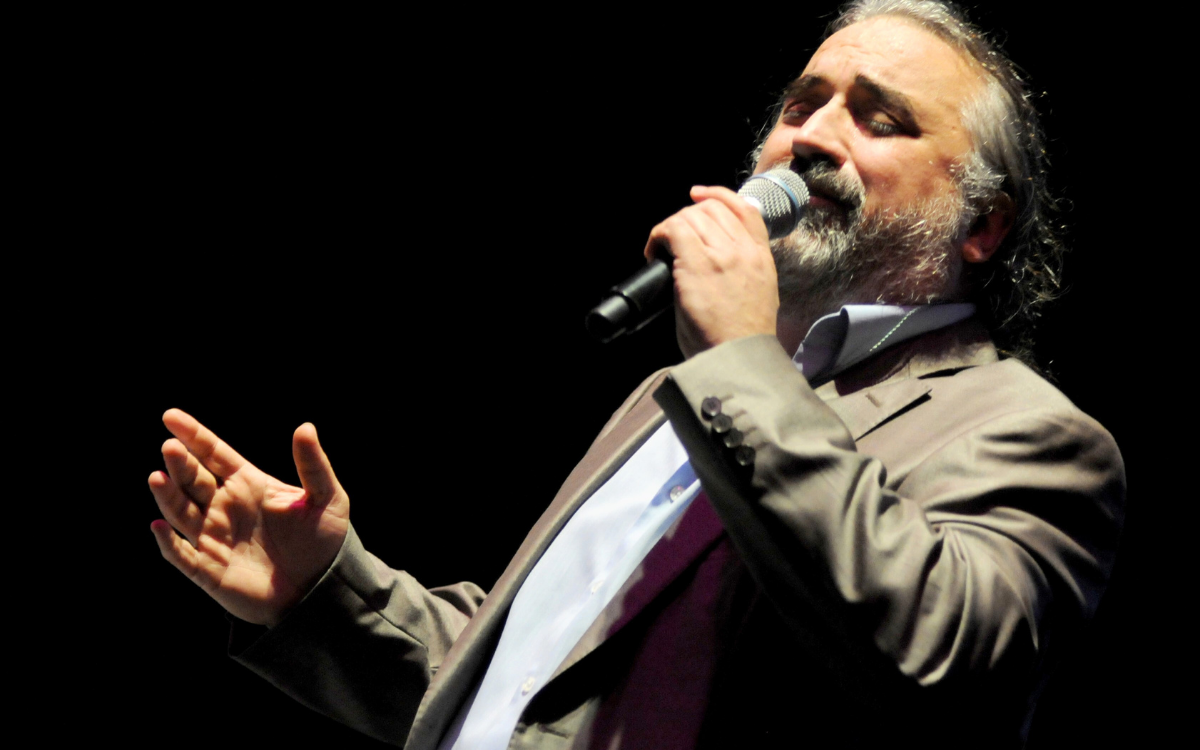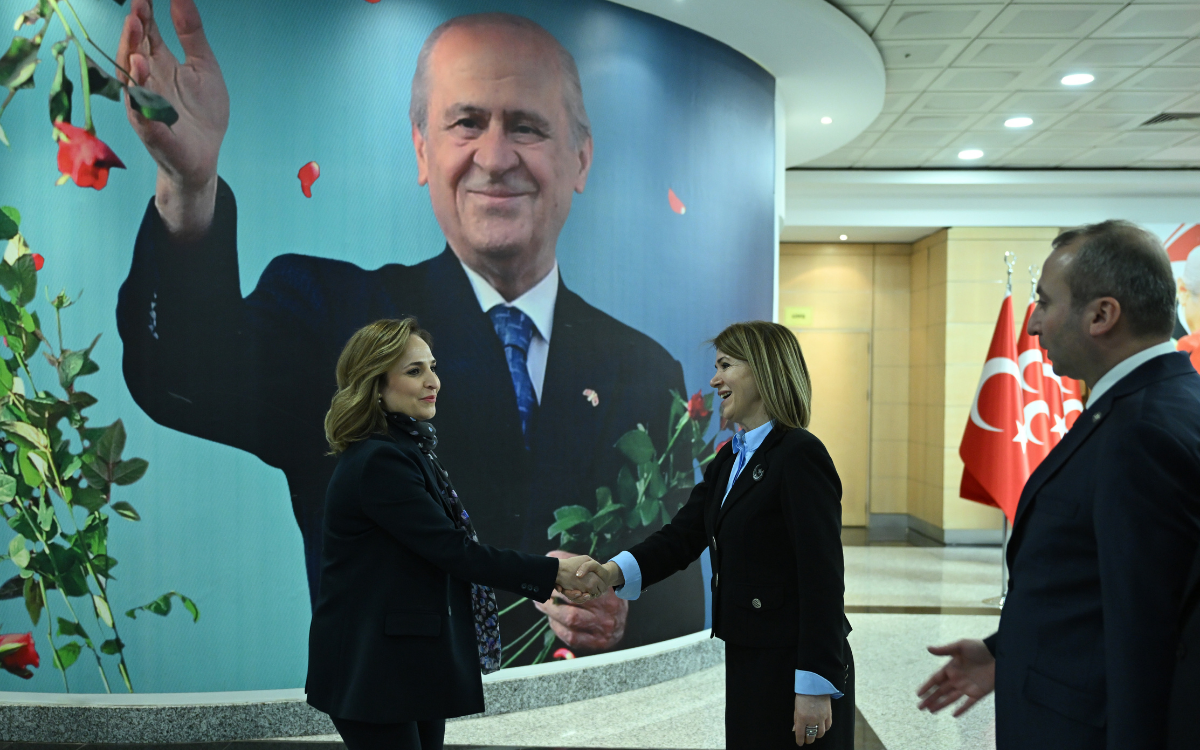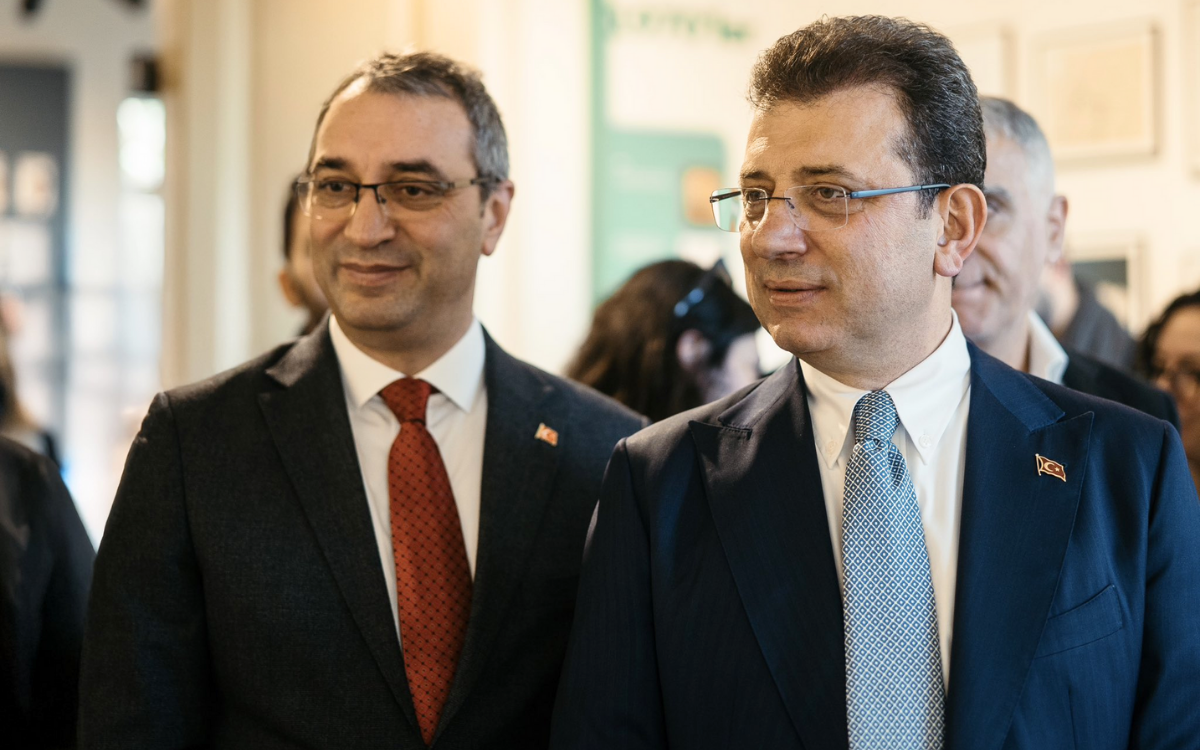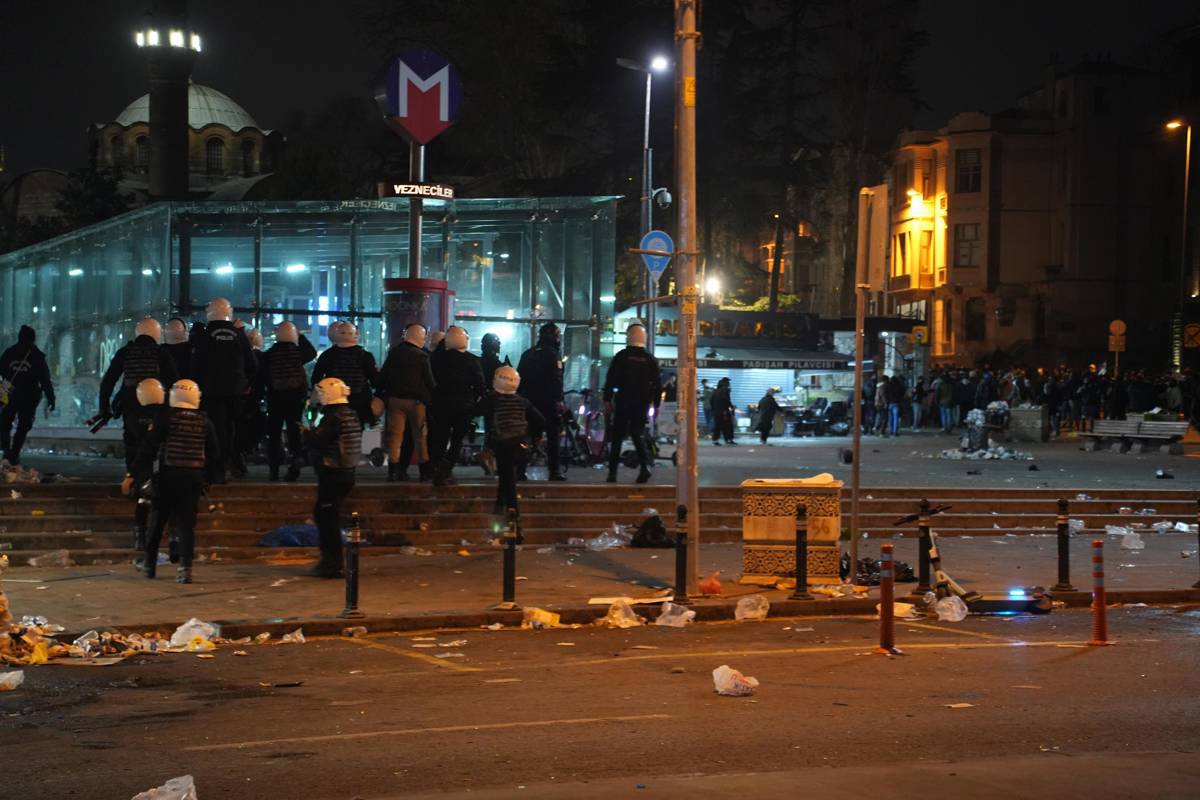Mahir Polat, one of the nearly 50 people arrested along with İmamoğlu as part of the operations against İstanbul Mayor İmamoğlu and his team, had made a significant difference as the municipality's deputy general secretary in charge of culture and arts departments.
The SHP, the social democratic party of the time, had won the İstanbul Metropolitan Municipality from the ANAP government in 1989 with a massive success in municipal elections across the country, only to lose it to the conservatives in the first election in 1994. The conservative approach that had established itself in İstanbul had also achieved national power in a line that went from local to general.
In the 2019 local elections, when the CHP took control of the city again, it was no longer just a race for municipal services, but also a struggle against a perception and mentality that had been built up over the years.
A constructed perception: CHP mentality
It was a matter of curiosity what kind of cultural approach the new administration of İstanbul would establish when the concept of CHP Mentality, a perception constructed with the widespread discourse of the mass media, especially when the current government was in an unspoken alliance with liberal circles, gained widespread acceptance: ignoring traditional values and Ottoman heritage buildings, starting history with the Republic, and culturally offering nothing more than building a statue of Atatürk and singing the 10th Year Anthem.
Indeed, as an ancient capital city, İstanbul showed the cultural heritage of the Ottoman era rather than the concrete architectural approaches of the Republic, both through civil architecture examples and the most magnificent state buildings. Mosques, fountains, mansions, villas... The İstanbul described by Tanpınar in his book 'Five Cities' was not the history of a city but a cultural history.
With the concrete legacy of 500 years of the Ottoman Empire in every corner of this city, the government may have thought that this would be a period in which the rhetoric of the CHP Mentality would be reinforced with new stories. The CHP had not been in power for more than 30 years in the Suriçi district, which gives a true picture of the Ottoman Empire. A mujahid attitude was waiting for an opportunity to add new terms to the criticism of the Republic that started with "They turned mosques into stables." Headlines such as "They left our ancient buildings to rot" and "Ottoman heritage buildings turned into garbage dumps" could have made headlines at any moment.
However, just when such a climate was expected, İmamoğlu started working with a doctoral cultural heritage expert in the Municipality: Mahir Polat. He was in charge of what was perhaps the vulnerable spot for the CHP.
His first action was to establish the İstanbul Metropolitan Municpality (İBB) Heritage Unit to clean and restore ancient buildings. Mahir Polat is an unusual CHP profile for the current government; a bureaucrat who knows Ottoman Turkish, restores mosques and fountains, and is not elitist. Apparently, the cards were to be redistributed.
İstanbul not conserved by the conservative government
The conservative government, which took İstanbul in 1994, governed this city with different mayors but without interruption until 2019. During this period, the city underwent significant transformations. However, the only thing that was not done was conservation.
It did not preserve one of the oldest movie theaters in the country. It handed over the Emek cinema hall, a state property, to rent-seekers to build a shopping mall. It did not preserve the oldest patisserie on İstiklal Avenue. Inci patisserie had been maintaining its modesty with a few tables in its small shop.
Librairie de Pera, a bookstore on the slope leading down to Karaköy from the end of Istiklal Avenue, also had to leave the place where it had existed since the 1920s.
Librairie de Pera was the oldest known bookstore. It was not preserved either. There is no 100-year-old cinema, theater building or bookstore left in the city.
Hundreds of shapeless, characterless shopping malls and dozens of skyscrapers surrounded the city. Most tragically, they didn't even preserve the silhouette of the Blue Mosque, one of the largest building complexes in İstanbul dating back to the 17th century. They gifted this thousand-year-old city with a huge pile of stones that stands behind it like a symbol of impudence. The city's silhouette is now broken.
The time span of all transformations and destruction are the artifacts of the time when the conservative government was in power.
Although the name of the current time span is conservatism, those who steered the course of the country gave importance to preserving "kâr" (profit), which is the morphological part of conservatism (muhafazakârlık), rather than "muhafaza" (preservation), which is the etymological root of the word. Cultural history was destroyed at full speed. Instead, temples of daily consumption and instant life, such as hotels, restaurants and clothes stores, have taken over.
Cultural policies of the Mahir Polat era
The cultural centers built under the conservative government were constructed as a new building with no architectural features and no identity. It would have made no difference if you removed the "cultural center" from their names and wrote "courthouse."
The restored buildings of the new era, on the other hand, all have a historical texture, a story and a history. They add a new spirit to the soul of the city. They exist as concrete traces of the city's identity as an ancient city.
Yedikule Gas House, Museum Gas House, Casa Botter Art and Design Center, Çubuklu Silos, Baruthane, Cendere Art Museum, Bebek Cistern, etc. are important examples of the relationship between space and people as cultural spaces that were built for different functions in their time and now serve the public. Despite the unattractiveness of soulless, cold spaces, these violins have become structures that draw people in and make them partners in the ancient history of İstanbul.
In addition to the cultural centers that emerged with architectural restoration, the newly opened libraries were a period in which the number of libraries increased from 20 to 60 with a network that overturned the status of reading books and cultural equipment as a class privilege in the city, motivated the habit of reading books with a public investment in contrast to private initiatives such as book-cafes that spread over a period of time and forced the expenditure of money, and most importantly, spread to the peripheries of the city.
The most important transformation for the cinema was the transformation of the closed Beyoğlu Cinema into a public cinema operating under İBB, where screenings were held free of charge. While there were no cinemas in Beyoğlu whose doors opened to the street, this was an important move to keep the cinema culture alive.
Moreover, every day a different film organization is given the opportunity to screen a documentary organized by the Association of Documentary Filmmakers, while on another day another example of national cinema is screened on the occasion of the Film Directors Association.
Unfortunately, CHP district municipalities were unable to make a significant cultural difference before İBB. With the exception of Kadıköy, the municipalities of Beşiktaş, Şişli and Bakırköy had been under CHP control for a long time, but due to changes in administration and the fact that culture was not always seen as an important element of life, no breakthrough could be made.
The cultural policies of Ataşehir Municipality, which was not in the public eye, was a district municipality that found its own voice over time and put forward original projects.
Although it was not located at a central point for Istanbul, it stood out especially with its publications during the pandemic period as a municipality that ensured the persistent continuity of regular theater performances, conferences and film screenings in its cultural centers.
When Volkan Aslan, the Culture Manager of Ataşehir Municipality, became the Head of İBB Culture Department, it became obvious to everyone that the Mahir Polat- Volkan Aslan collaboration created a cultural space that made a difference in the cultural centers within İBB. Mahir Polat's image as the architect of this newly constructed building has brought his name to the forefront.
I hope that this arrest move, which comes while the infrastructure is being created for CHP to project this approach of cultural reconstruction and creating a horizontally widespread cultural atmosphere spreading all over the city to the whole country, will not cause permanent damage to Mahir Polat, who also has serious health problems.
Because we are not skilled in raising well-equipped people who can find a place for themselves in the administrative bureaucracy, we are skilled in destroying them. I hope that this vicious circle will not befall Mahir and that he will return to his position in a short time. (RO/EMK/VK)




.jpg)
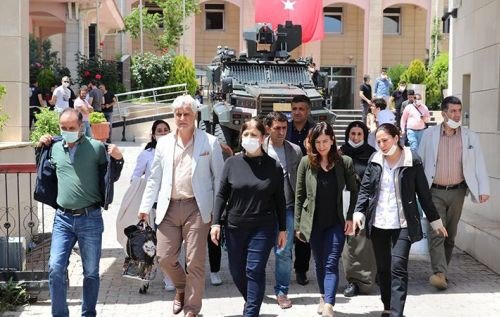



-132.jpg)
